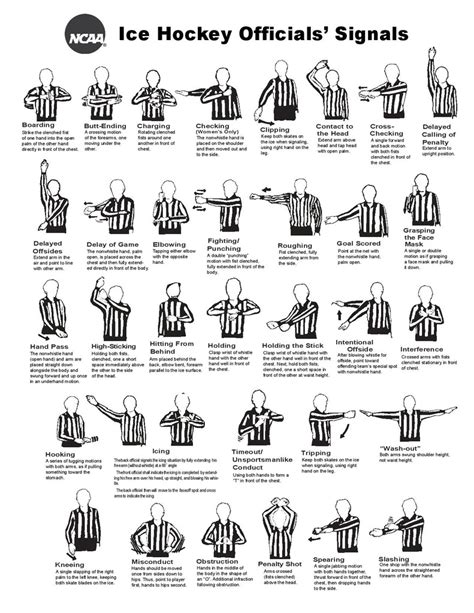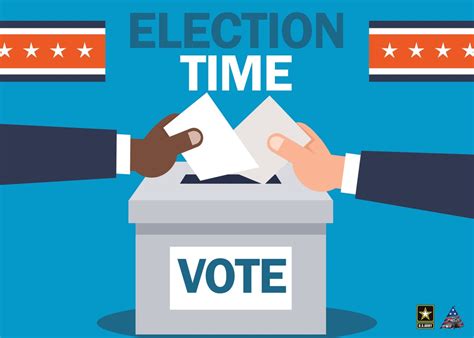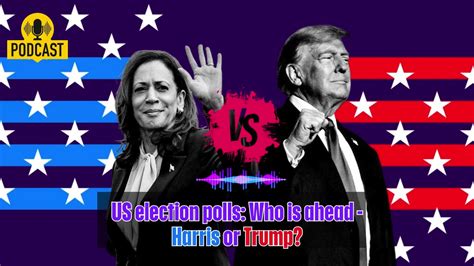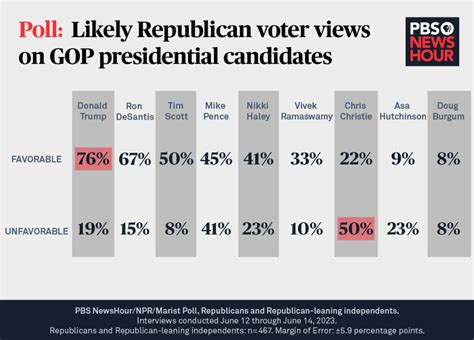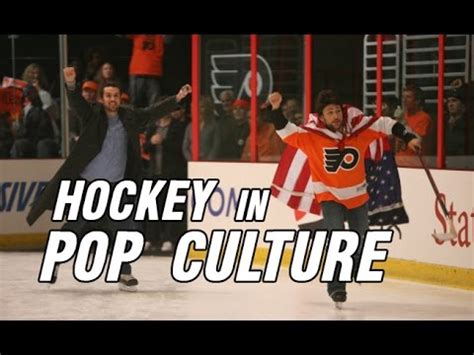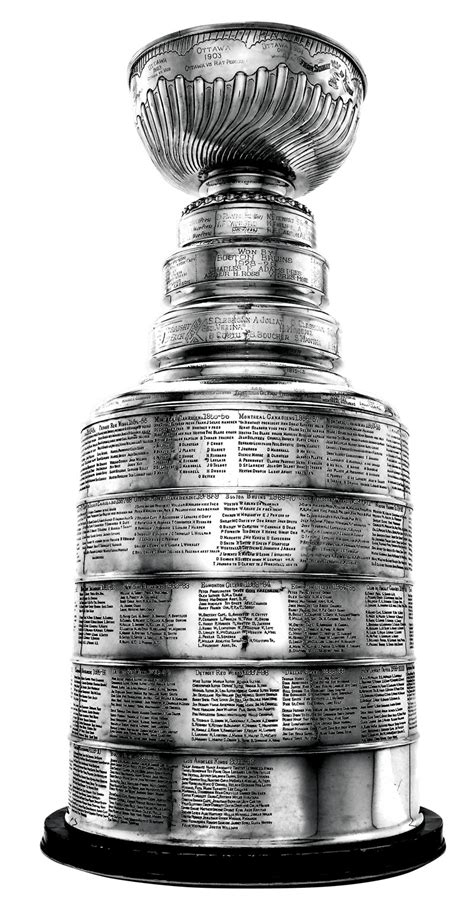Explore common hockey penalties, their impact on game flow, and the role of referees, along with strategies to minimize fouls in this comprehensive guide.Hockey is a fast-paced and thrilling sport, but its excitement often comes with a set of rules designed to ensure fair play and safety. Understanding penalties and fouls is essential for players, coaches, and fans alike, as they can significantly impact the game’s flow and outcome. In this article, we will explore the common penalties in hockey, their consequences, and how they affect gameplay. We will also delve into the critical role referees play in enforcing these rules and provide strategies for minimizing fouls on the ice. Whether you’re a seasoned player or new to the sport, this comprehensive guide will enhance your understanding of hockey’s disciplinary measures and help you appreciate the game’s dynamics even more.
What Are Common Penalties In Hockey?
In the fast-paced world of hockey, understanding penalties is crucial for players and fans alike. Understanding penalties not only improves the overall viewing experience but also helps in grasping the strategies teams use during the game. Here are some of the most common penalties players may encounter:
- Tripping: A player is penalized for using their stick or skate to trip an opponent, leading to a dangerous fall.
- Slashing: This occurs when a player swings their stick at an opponent, making illegal contact.
- Holding: Players may be penalized for grabbing onto an opponent or their equipment, impeding their movement.
- Interference: This penalty is called when a player obstructs an opponent who is not in possession of the puck.
- Cross-Checking: This involves a player using the shaft of the stick to hit an opponent, often resulting in serious injuries.
- High Sticking: If a player raises their stick above shoulder height and makes contact with another player, they may receive this penalty.
- Checking From Behind: Players are penalized for hitting an opponent from behind, which can lead to severe injuries.
- Fighting: Engaging in a fight during a game typically results in penalties for both players involved.
While penalties can significantly affect the momentum of the game, understanding penalties allows teams to strategize accordingly, whether it’s to take advantage of the power play or to minimize risks during gameplay.
How Fouls Impact The Game’s Flow
Fouls in hockey can significantly influence not only the game’s score but also its overall momentum. When a team commits a foul, the resulting penalty can disrupt the rhythm of the match and alter the strategic dynamics on the ice.
The immediate consequence of a foul is the potential for a power play, where the opposing team has a numerical advantage due to one or more players being sidelined. This situation can lead to increased scoring opportunities, thus shifting the game’s flow in favor of the team benefiting from the penalty. Such an event can also heighten the intensity, causing players to adjust their strategies on the fly.
Moreover, frequent fouls can create a sense of apprehension among players. When players are aware that they are under strict observation, they may hesitate in their physical play, often leading to less aggressive and more cautious execution of strategies. This shift can result in a slower pace of play, impacting the game’s excitement level for both players and spectators alike.
Additionally, if players know that their team is prone to committing fouls, they might start to play defensively to avoid penalties, further detracting from the game’s natural flow. In essence, understanding penalties in hockey is crucial, as it not only governs the rules but also affects players’ mental states and the tactics employed during the match.
Understanding Penalties: Types And Their Consequences
In the game of hockey, penalties are crucial in maintaining fair play and sportsmanship. Understanding the various types of penalties and their consequences is essential for players and fans alike. This knowledge not only helps in appreciating the game’s dynamics but also affects strategy and decision-making on the ice.
There are two primary categories of penalties: minor penalties and major penalties. Minor penalties typically result in a two-minute stint in the penalty box for the offending player. Common examples include tripping, hooking, and high-sticking. While the team’s short-handed situation can create scoring opportunities for the opposing team, the penalty duration is relatively short, allowing for the potential return of the player to the game soon after.
On the other hand, major penalties carry more severe consequences and usually result in five minutes in the penalty box. These penalties are often assessed for more serious infractions, such as fighting or elbowing. A major penalty not only places the offending team at a significant disadvantage for an extended period but can also change the momentum of the game dramatically.
Additionally, misconduct penalties may also be issued, which result in a player being removed from the game for ten minutes without their team being reduced in numbers. These penalties are often given for unsportsmanlike behavior or excessive arguing with the referees.
The aftermath of being penalized affects not only the player but the entire team dynamic—leading to strategic adjustments and potentially switching up lines for the remaining players. Understanding how risk-taking decisions can lead to early penalties can help players adjust their play style accordingly while minimizing the chances of getting penalized.
A thorough understanding of the different types of penalties and their consequences allows players to navigate the game with greater awareness, ensuring that they remain within the rules while enhancing their performance on the ice.
The Role Of Referees In Enforcing Penalties
In ice hockey, referees play a crucial role in maintaining the integrity of the game, particularly when it comes to understanding penalties and enforcing the rules. Their primary responsibility is to ensure fair play by monitoring players’ actions and identifying any infractions that occur during the match.
Referees are trained professionals who must possess a deep understanding of the game’s rules and regulations. They are tasked with making split-second decisions that can affect the outcome of the game, which requires not only knowledge but also the ability to remain impartial amidst the intensity of the sport.
When a penalty is called, referees signal their decision clearly, often using specific hand gestures that are universally recognized in the sport. This communication is vital in letting both the players and spectators know that a foul has been committed and a penalty will be assessed. Additionally, referees maintain control of the game by addressing any unsportsmanlike conduct, ensuring that players adhere to the codes of fair behavior.
Moreover, referees work in conjunction with linesmen to monitor the ice and assess the flow of the game. While referees are responsible for calling major and minor penalties, linesmen typically handle offside and icing calls. This collaborative effort ensures that all aspects of the game are properly regulated.
Referees also play a vital role in educating players about understanding penalties by communicating the reasons behind their calls. This transparency can help players avoid future penalties and promote a more respectful and sportsmanlike environment on the ice.
The effective enforcement of penalties relies heavily on the referees’ capabilities. Their authority not only shapes the dynamics of the game but also influences how players approach their performance on the ice.
Strategies To Minimize Fouls And Penalties In Hockey
In the fast-paced game of hockey, maintaining discipline is crucial for success. Minimizing fouls and penalties not only enhances the team’s performance but also creates a more enjoyable viewing experience. Here are several effective strategies teams can implement to keep penalties at bay:
By implementing these strategies, teams can work towards significantly reducing their number of penalties, thereby improving their chances of success on the ice.
Frequently Asked Questions
What constitutes a foul in hockey?
A foul in hockey can occur when a player breaks the rules, such as tripping, slashing, or holding an opponent. These actions can disrupt the flow of the game and are typically penalized.
What are the different types of penalties in hockey?
In hockey, penalties can be classified into minor penalties, major penalties, and misconduct penalties. Minor penalties typically result in two minutes of power play for the opposing team, while major penalties can lead to five minutes. Misconduct penalties can result in a player sitting out for ten minutes.
What happens during a power play?
A power play occurs when one team has a numerical advantage due to an opponent’s penalty. The team with more players on the ice attempts to score while the penalized team defends with fewer players.
How are penalties enforced during a hockey game?
Penalties are enforced by the referees who watch for infractions. When a penalty is called, the offending player goes to the penalty box, and the opposing team gets a power play opportunity.
Can a player fight and get away with it in hockey?
While fighting is generally discouraged in hockey and can lead to penalties, it is often tolerated under certain circumstances. Players may receive ‘fighting majors’ which result in a five-minute penalty but can be accepted as part of the game’s physicality.
What are the consequences of accumulating too many penalties?
Accumulating too many penalties can lead to suspension for the player or even impact the team’s overall performance and strategy. Teams with high penalty minutes may struggle to maintain momentum during games.
How do fouls and penalties affect the dynamics of a hockey game?
Fouls and penalties can significantly impact the game’s dynamics by altering the flow of play, creating scoring opportunities, and influencing team strategies. Coaches often adjust their tactics based on the prevalence and type of penalties.

